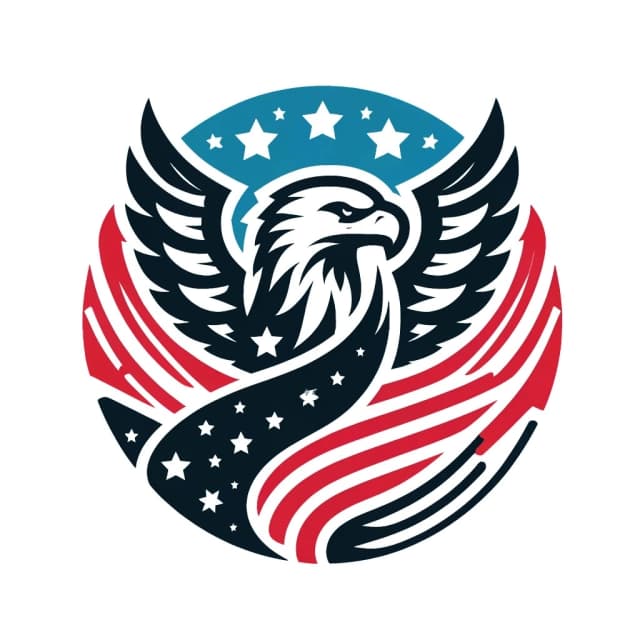
- Published on
- Authors

- Name
- GovCon
Developing a Winning Government Contract Proposal: Step-by-Step Guide
Government contracting can be a lucrative avenue for businesses operating across various industries. Despite the potential benefits, securing a government contract requires meticulous planning, an understanding of the Request for Proposal (RFP) requirements, a clear value proposition, and strict adherence to compliance guidelines. This step-by-step guide aims to equip you with the necessary tools to craft a winning government contract proposal.
Step 1: Understand the RFP Requirements
The first and most critical step in developing a winning proposal is thoroughly understanding the RFP issued by the government agency. An RFP outlines the requirements, scope of work, evaluation criteria, and timelines for project bids.
Here’s how to approach an RFP:
- Read the RFP Carefully: Identify key sections such as the Statement of Work (SOW), evaluation criteria, submission deadlines, and format requirements.
- Ask Questions: Utilize the question period to clarify any ambiguities in the RFP.
- Outline the Requirements: Create a checklist of all mandatory requirements to ensure you don’t miss anything.
| Key Sections of an RFP | Description |
|---|---|
| Statement of Work (SOW) | Detailed description of the tasks, responsibilities, and deliverables. |
| Evaluation Criteria | How proposals will be scored and evaluated. |
| Submission Guidelines | Instructions on how to submit the proposal, including deadlines and formatting. |
| Contract Terms | Terms and conditions associated with the contract. |
Step 2: Develop a Strong Value Proposition
Your proposal should clearly communicate the unique value your company can provide. This involves not only your technical capabilities but also your past performance, understanding of the project needs, and your overall strategy for meeting those needs.
Key Components of a Strong Value Proposition:
- Technical Approach: Describe your detailed plan to accomplish the tasks within the SOW.
- Experience and Past Performance: Highlight previous projects similar to the RFP requirements.
- Innovative Solutions: Outline any inventive approaches or technologies you would utilize.
- Cost Efficiency: Demonstrate how your solution is cost-effective and offers good value for money.
Step 3: Ensure Compliance
Compliance is non-negotiable in government contracting. Non-compliant proposals are typically rejected outright, regardless of how compelling the response may be.
Steps to Ensure Compliance:
- Follow the Instructions Precisely: Adhere to the submission guidelines regarding format, content, and delivery.
- Include all Required Documents: Ensure that you submit all required forms, such as bid bonds, insurance certificates, and financial disclosures.
- Internal Compliance Review: Conduct a thorough internal review to identify and rectify any compliance issues before submission.
Step 4: Present a Professional and Persuasive Proposal
A professional and persuasive presentation can set your proposal apart. Pay attention to details such as formatting, clarity, and grammar, and use visuals where possible to enhance readability.
Tips for a Professional Proposal:
- Executive Summary: Provide a concise overview of your proposal that highlights the key points and benefits.
- Clear and Concise Writing: Avoid jargon and ensure your content is easy to understand.
- Visual Aids: Use charts, graphs, and tables to illustrate points compellingly.
Conclusion
Winning a government contract is a challenging but rewarding endeavor. By understanding the RFP requirements, developing a strong value proposition, ensuring strict compliance, and presenting a professional proposal, you increase your chances of securing government business. Remember, attention to detail and thorough preparation are key to success in this highly competitive field.
By following this step-by-step guide, you can craft a compelling government contract proposal that stands out and ultimately wins the contract. Best of luck in your government contracting endeavors!
